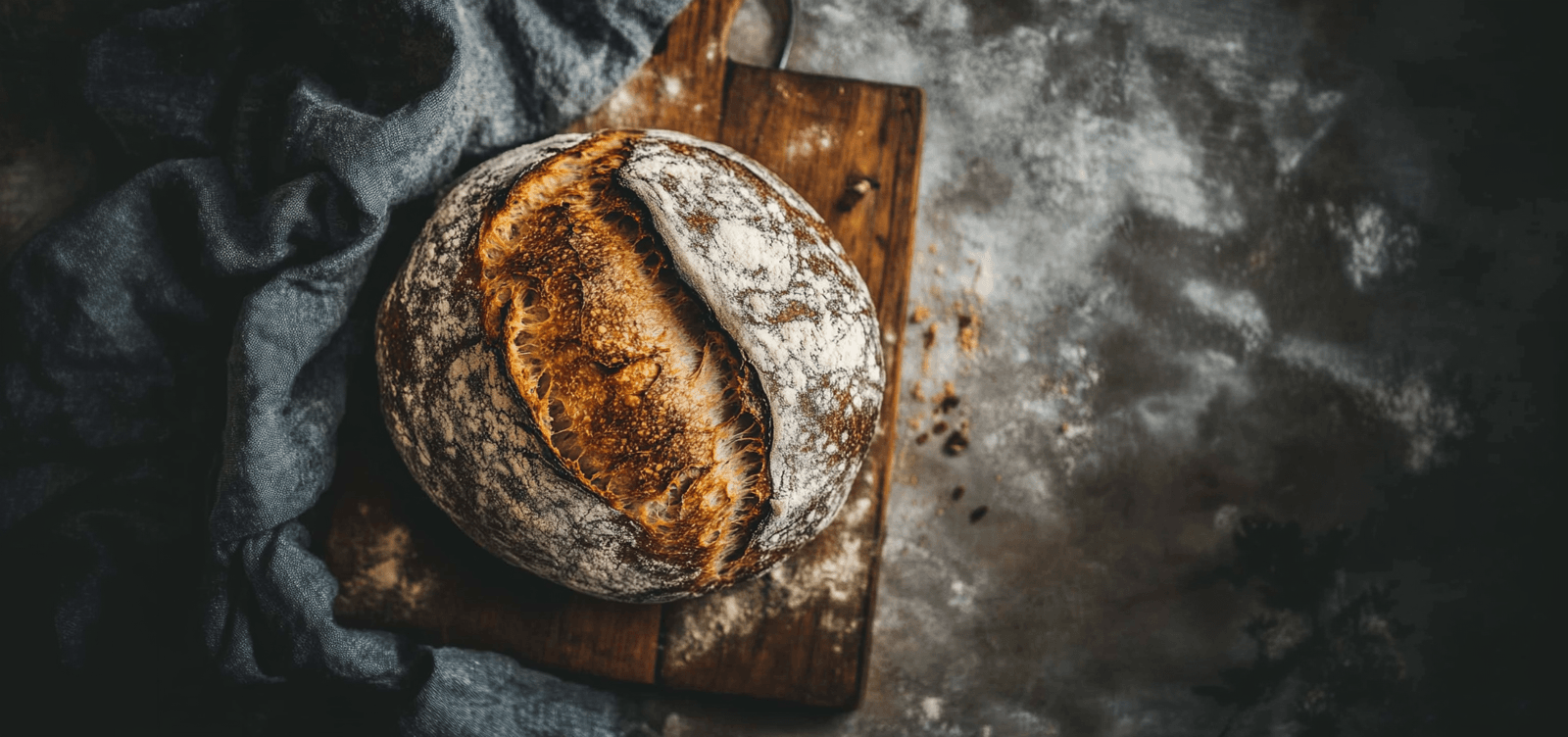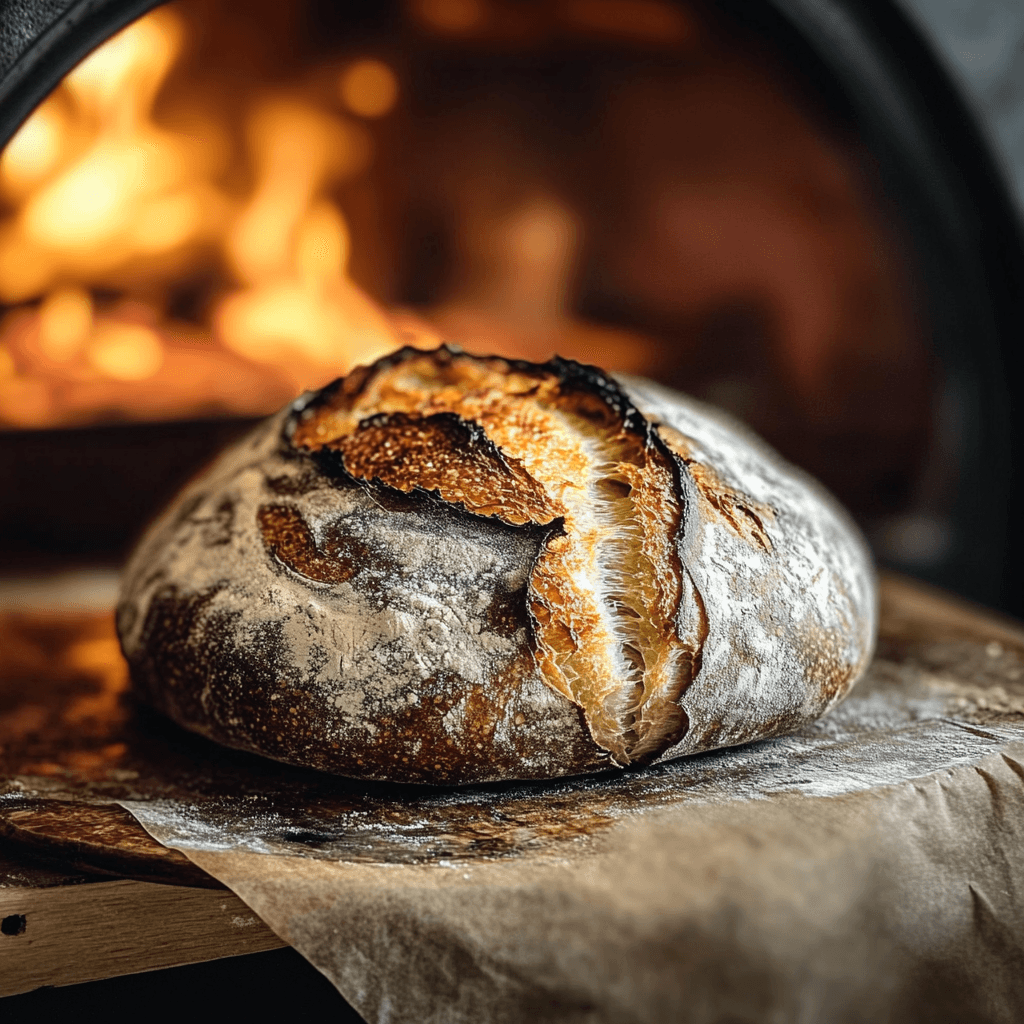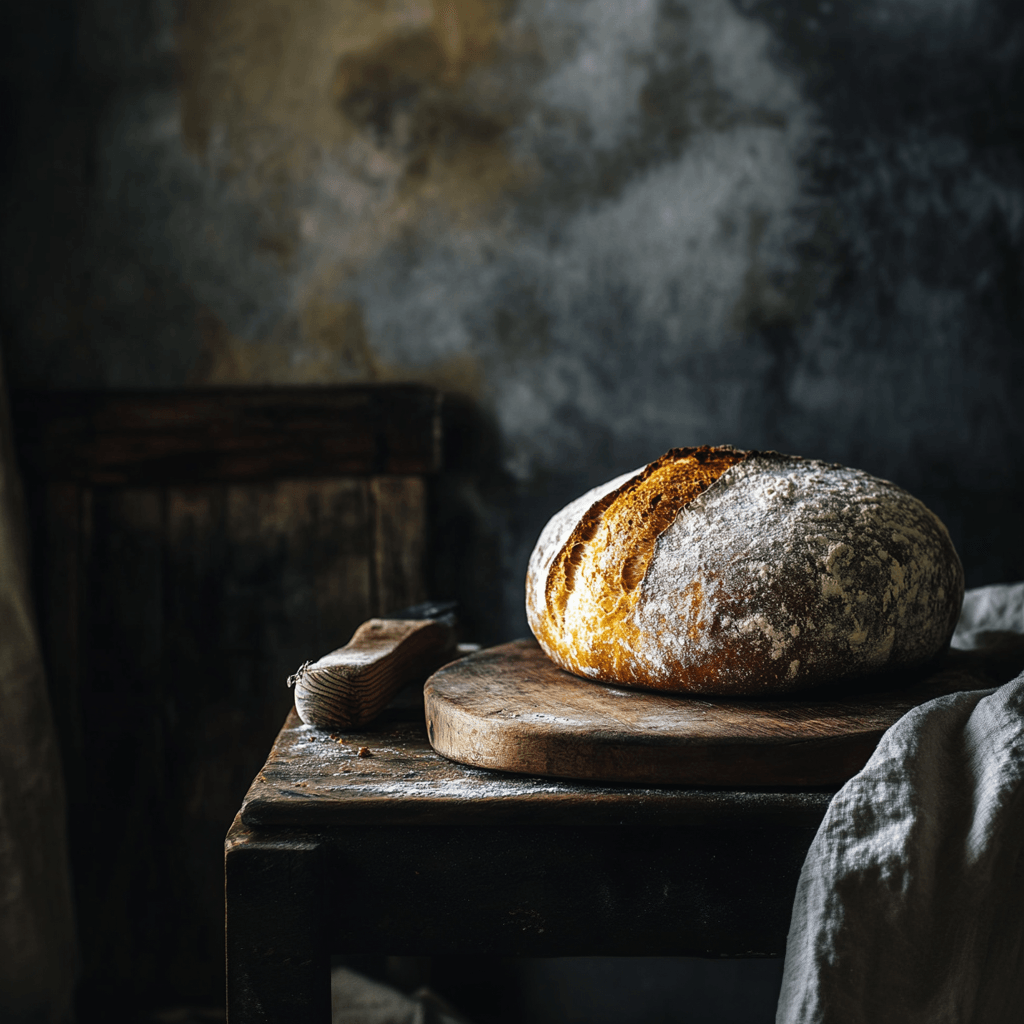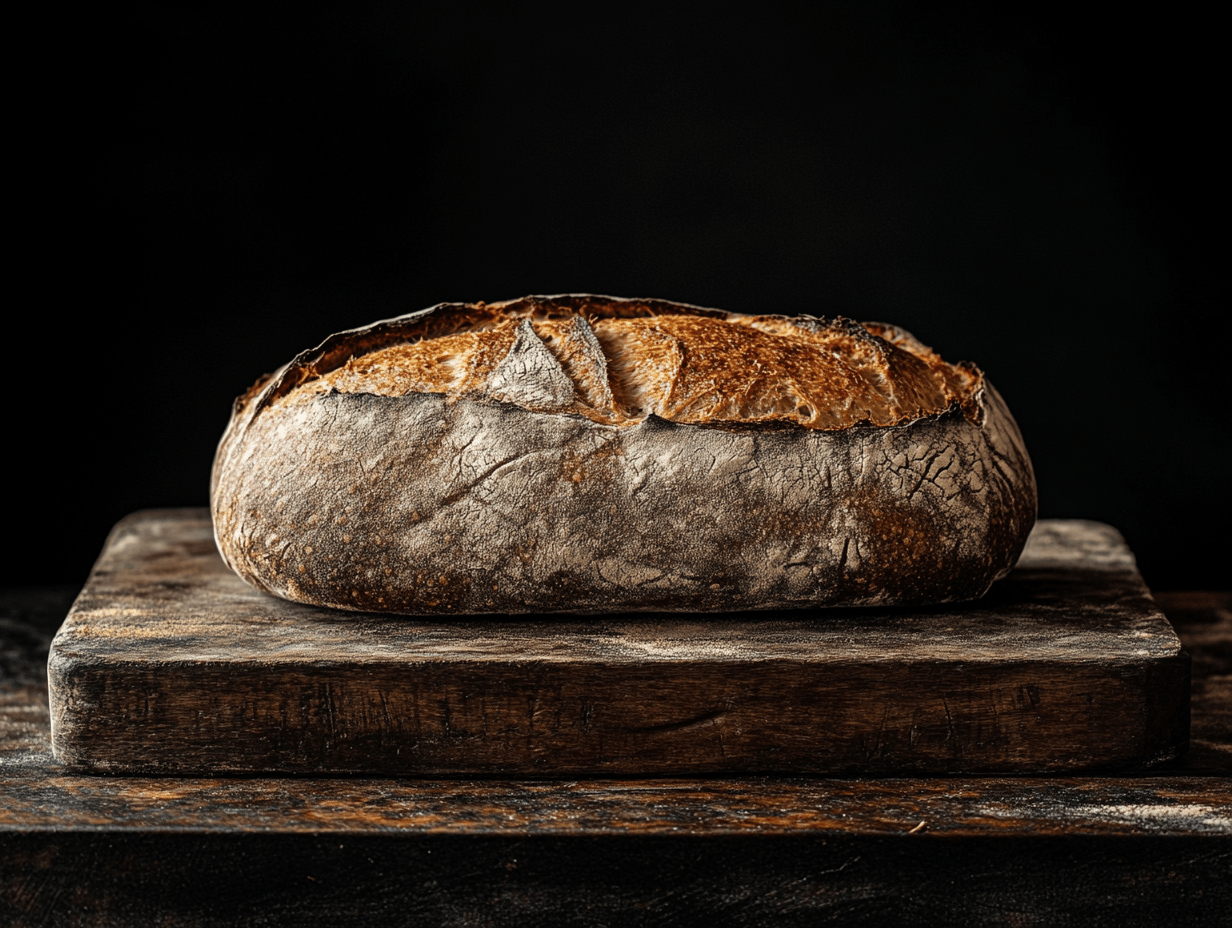

The Ancient Origins of Sourdough Bread
Sourdough bread is one of the oldest forms of leavened bread, dating back over 5,000 years to ancient Egypt. Early bakers discovered that wild yeast in the air could naturally ferment dough, causing it to rise. This fermentation process was key in creating the tangy, airy texture that we now associate with sourdough bread.
Archaeological findings show that the Egyptians were among the first to master sourdough bread baking, which quickly became a staple in their diet. These early bakers would leave dough out to capture wild yeast, unknowingly laying the foundation for one of the most enduring bread-making methods.
Sourdough in Ancient Rome and Beyond
The technique of sourdough baking spread from Egypt to other parts of the ancient world, including Greece and Rome. Roman soldiers were known to carry their own sourdough starters during their conquests, ensuring they had the means to bake bread wherever they went. Sourdough bread’s portability and long shelf life made it a valuable food source for travelers and explorers throughout history.
Over time, sourdough became the foundation for many regional breads across Europe and the Mediterranean, where each culture adapted the method to local ingredients and baking traditions.

The Gold Rush and Sourdough's Rise in the U.S.
Sourdough bread made its mark in American history during the California Gold Rush in the mid-1800s. Miners, also known as "sourdoughs," relied on sourdough starter to bake bread in the harsh conditions of the wilderness. The sourdough starter could be kept alive with minimal effort, even in cold temperatures, and provided a steady supply of leavened bread.
Sourdough became particularly popular in places like San Francisco, where the unique climate encouraged the development of a distinctive local strain of wild yeast. This is where San Francisco sourdough, renowned for its tangy flavor, was born and continues to thrive today.
Sourdough Bread in Modern Times
With the advent of commercial yeast in the 19th century, sourdough baking became less common as quicker and easier methods for baking bread were introduced. However, sourdough never truly disappeared. Artisan bakers continued to maintain the tradition, particularly in regions where sourdough was deeply rooted in local culture.
In recent years, sourdough has experienced a resurgence, as more people have become interested in traditional, homemade, and fermented foods. Health-conscious bakers and food enthusiasts have rediscovered sourdough's unique benefits, from its complex flavors to its potential health advantages, such as improved digestibility and lower glycemic index compared to commercially yeasted bread.

Why Sourdough Endures: Flavor and Health Benefits
The reason sourdough bread has stood the test of time comes down to its taste and health benefits. The natural fermentation process imparts a depth of flavor unmatched by store-bought bread. The lactic acid produced during fermentation creates sourdough's signature tang, while the wild yeast gives it a chewy, open crumb texture.
Additionally, sourdough bread has been praised for its potential health benefits. The fermentation process helps break down gluten, which can make sourdough easier to digest for some people. It's also packed with beneficial acids and prebiotics that support gut health, as well as nutrients like B vitamins and minerals that are more bioavailable due to the breakdown of phytic acid during fermentation.
Final Thoughts
Sourdough bread’s enduring popularity is a testament to its versatility, flavor, and health benefits. From ancient Egypt to modern kitchens around the world, sourdough bread has been cherished for its simple ingredients and natural fermentation process. As more people rediscover the joys of baking and eating sourdough, its rich history continues to be part of the story we tell with every loaf we bake.
Whether you're looking for information on "how to make sourdough bread" or interested in learning more about "sourdough starter," you're taking part in a long-standing tradition that’s stood the test of time.